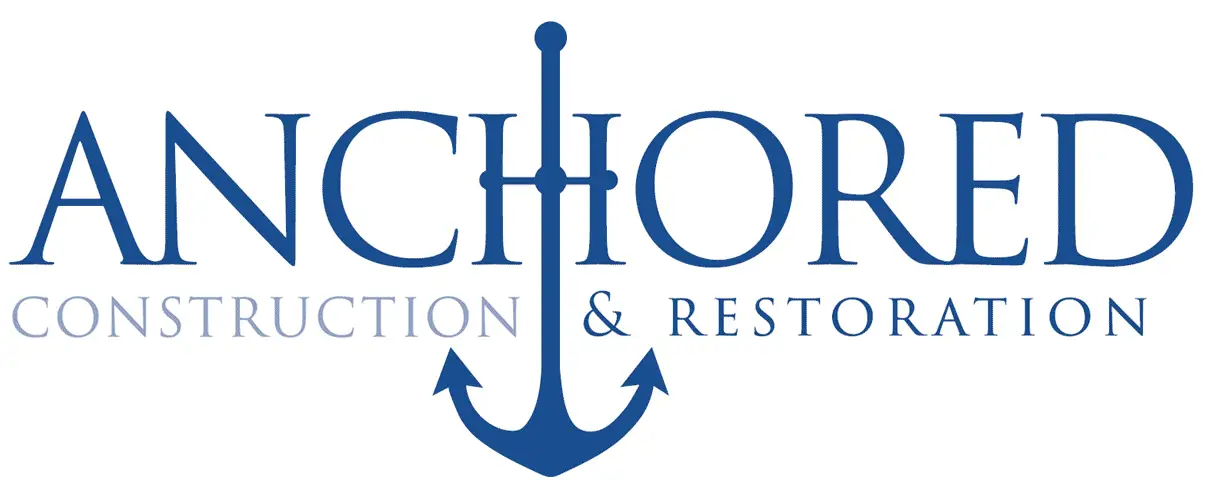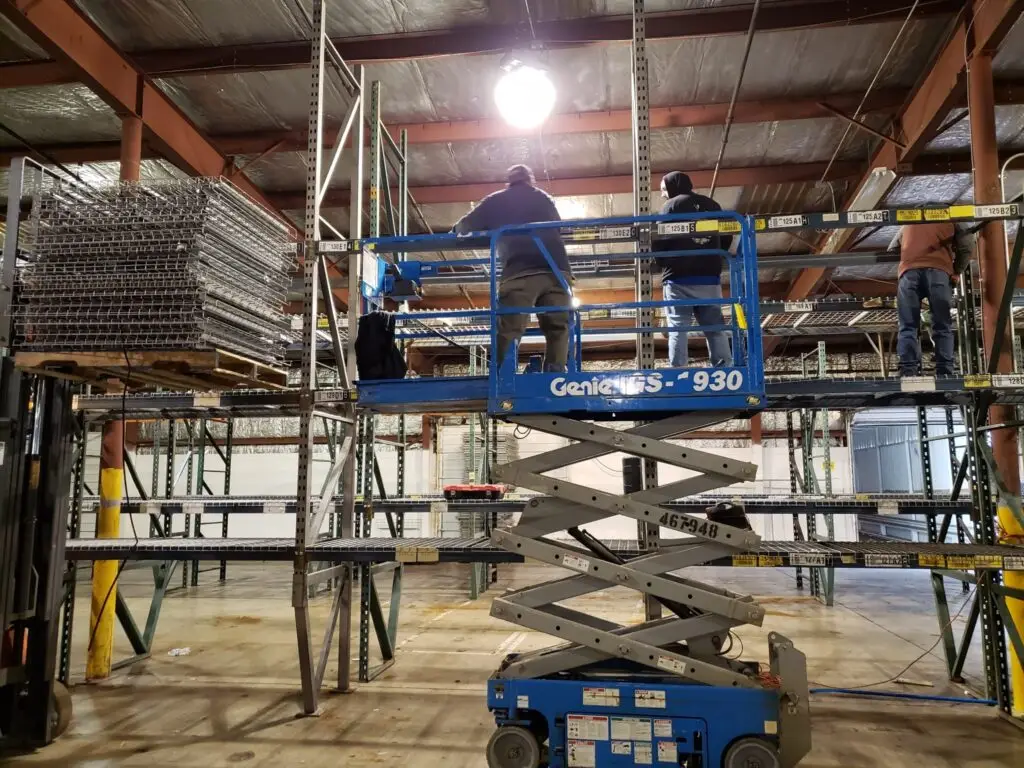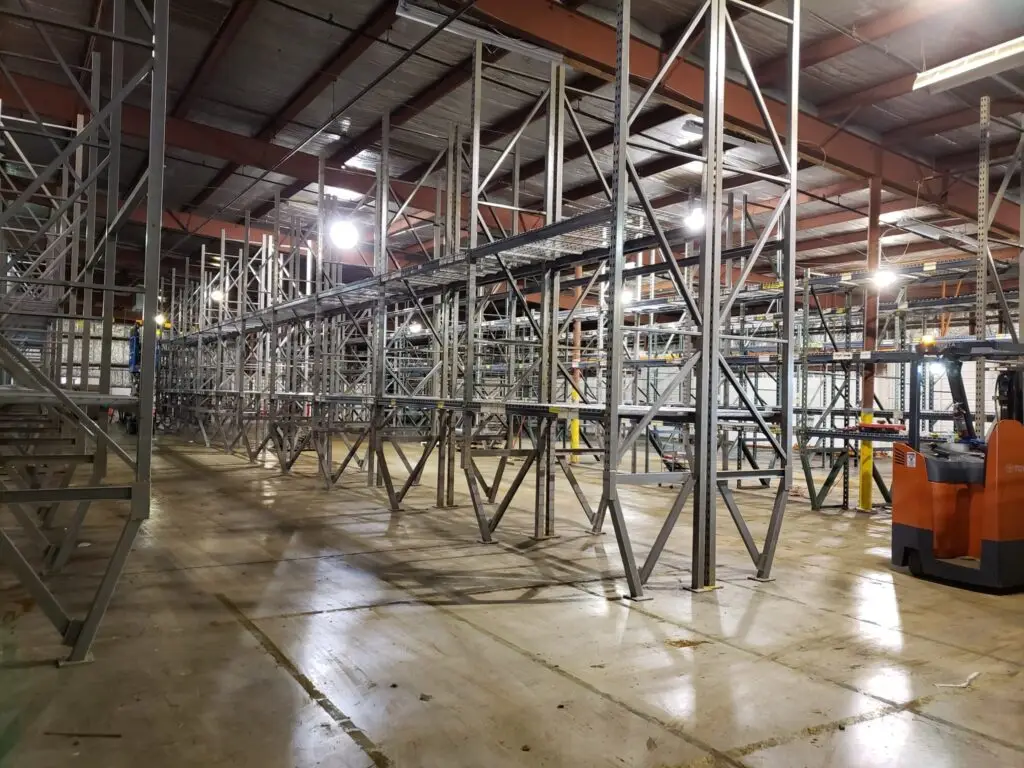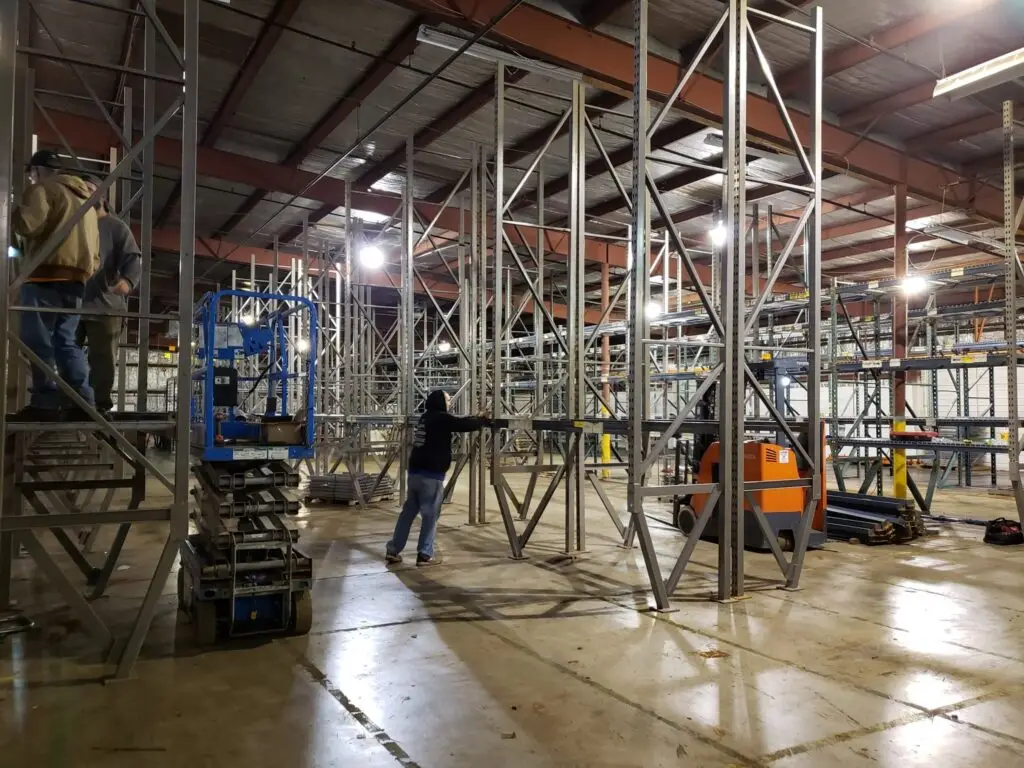Everyone needs more space. Whether you’re a manufacturer who needs to store the product you make, a 3PL who needs to store their client’s products or any one of the thousands of other companies who make their homes in commercial warehouses and shop facilities, everyone needs more space and the footprint of your facility just isn’t getting any bigger. Compared to the expense of expanding your square footage, adding a new pallet racking system or reconfiguring the racking that you already have is a relatively inexpensive way to add the additional storage capacity you need to keep your growing business running at full speed.
There are many different types of warehouse pallet racking systems available and many different places to buy them from. The process of figuring out what you need may seem overwhelming. Since we are an installer and do not sell racking ourselves, we are able to give you an unbiased opinion on what type(s) of racking will best meet your specific needs. Some of the types of pallet racking you could choose from include:
Selective racking – Sometimes called teardrop racking, this is the racking that you most likely picture when someone says the words “pallet racking”. These are essentially metal towers connected with pallet rack beams that are sized and designed to hold pallets. They typically hold two pallets to a section and can go as high as your ceilings allow.
Cantilever racking – This racking is used for oversized and overlong items that can’t easily be stored in other types of racks. Cantilever racks can be one sided and fixed to the wall or double-sided with material stored on both sides. The racks are simple systems based on pallet rack uprights with ‘arms’ that extend out and hold the material, allowing for easy storage of your large items.
Push back racking– Push back racking is similar to drive through racking except it is designed to have pallets loaded from the front. With push back racking, pallets at the back of the rack will push materials forward. These racks will allow you to store up to three pallets deep and to load pallets from the front or back of the rack.
Drive-in or drive-thru racking – This is similar to selective racking but works better for warehouses with high density storage systems that store pallets on a first in/last out basis (FILO). Fork trucks drive between the towers and load pallets multiple deep, either on the floor or on rails for the upper levels. Drivers then remove the pallets from the same point that they were loaded from.
Pallet flow racking – Pallet flow racking is similar to push back racking but pallets are loaded from the rear and at a slight downward sloping angle and use gravity and rollers help to move the pallets forward. This type of system works best with first in/first out (FIFO) inventory.
Regardless of which warehouse pallet racking system is best for you, professional installation is the key to the safety of both the people working around the racks and the material stored on the racks. Professional installation can also prove to be a very cost effective option when compared to choosing to do the job in-house. Using a professional installation company allow you to continue your existing operations without straining your team with extra work or spending extra money on overtime.



